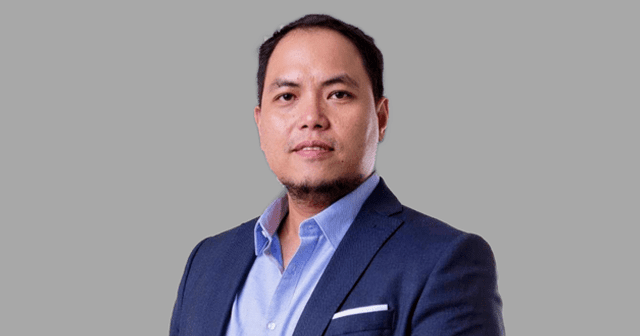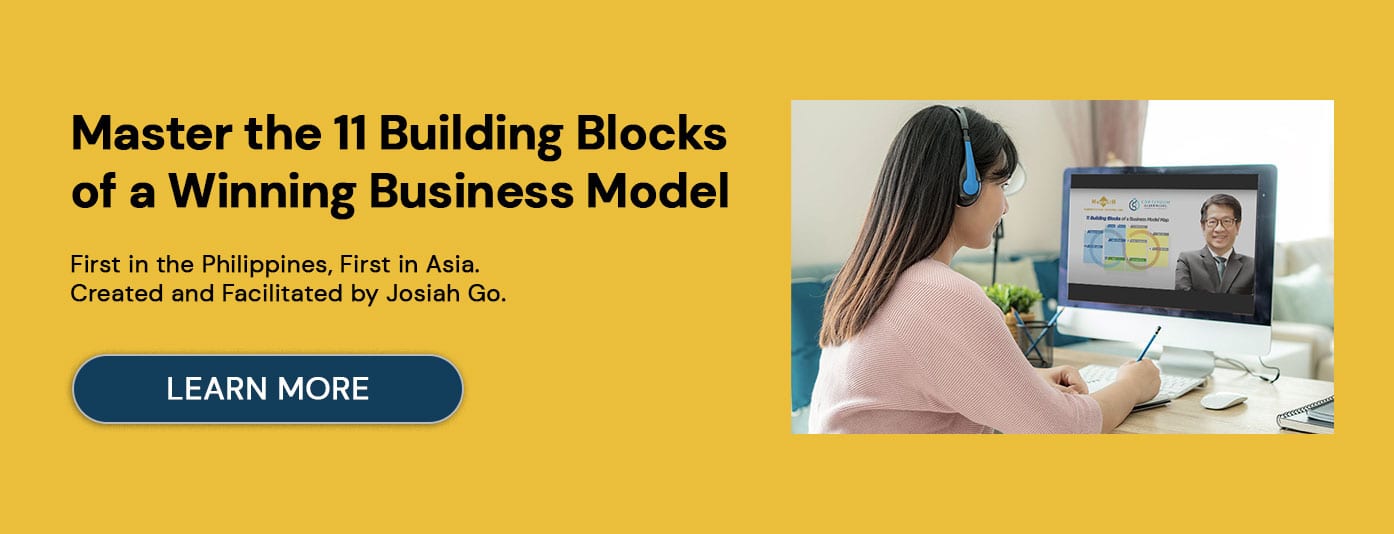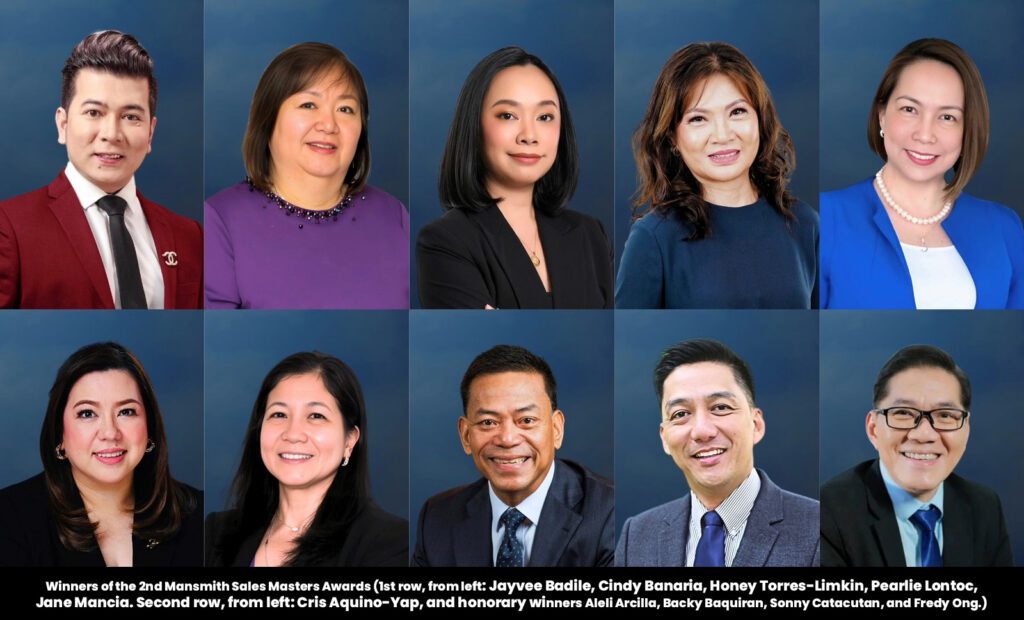
1Life Inc. is transforming healthcare access for underserved Filipinos by simplifying the entire healthcare process, integrating advanced technologies like AI, and tackling the ‘4-Day Problem.’ Their mission is clear: to drive early detection and disease prevention in the most efficient and affordable way possible, especially for the country’s most vulnerable. In just two years, they have reached nearly one million indigent patients across the Philippines, from Apari in the north to General Santos City in the south, serving both urban and remote communities. Remarkably, they’ve even facilitated peace in conflict zones through their healthcare services. In this interview, CEO Nino Namoco shares how 1Life is expanding its reach and embracing cutting-edge technologies to make healthcare more accessible to all.
Q1: Can you explain the ‘4-Day Problem’ in more detail and how 1Life is effectively addressing this challenge to make healthcare more accessible?
A1: The “4-Day Problem” refers to the time-consuming process that many indigent Filipinos face when seeking medical attention.
Day 1: Patients visit a healthcare center to consult with a doctor. Usually the doctor would ask the patient to get their blood tests done outside so that the doctor can give a proper diagnosis. This means the patient needs to go home and fast before visiting the diagnostic center or laboratory. Day 2: Patient visits a diagnostic center (usually a public hospital that can provide the services for free). Once their blood is extracted, the patient has to go home and wait for 3 to 5 days before their results will come out. Day 3: Patient travels to the diagnostic center or hospital to pick up their results. Then goes home. Day 4: Patient lines up again in the health center to see the doctor that requested for the tests before they can finally get a diagnosis from the doctor and the corresponding prescription.
That’s a minimum of 4 days that the patient is absent from work, not to mention the transportation and other costs related to commuting back and forth through this inefficient and disjointed healthcare process.
At 1Life, we’ve cut this 4-day problem down to just one hour. By building a proprietary community health management platform and finding the latest portable healthcare technologies all over the world, patients can now undergo tests, receive a diagnosis, and even pick up their prescribed medicines all within an hour, making healthcare faster, more affordable, and much more accessible for those who need it most.
1Life has built this proprietary healthcare platform from scratch and is built to solve the 4-Day Problem and a lot more issues in the Philippine healthcare ecosystem.
Q2: In regions where healthcare access has been limited for years, how does 1Life foster trust with communities and encourage them to use your services? Can you share some success stories that demonstrate this relationship-building approach?
A2: At 1Life, trust is the cornerstone of everything we do. In regions where healthcare access has been limited, we understand that simply providing services isn’t enough—what matters most is how we provide those services. That’s why we’ve built a culture of compassionate healthcare, where high-touch service is as important as the high-tech solutions we offer.
Our team is dedicated to treating every patient, whether they’re indigent or a paying VIP, with the same level of care, respect, and dignity. We instill this mindset in our team from the very beginning through our dedicated division focused on training and culture. We ensure that every member of our team understands the importance of service with a smile, and the mission-driven approach of caring for others, not just as a job but as a calling. The goal is to foster a genuine human connection with our patients, especially in underserved communities where trust in healthcare can be low.
For example, in one of the more remote regions we serve, healthcare was nearly non-existent. Initially, locals were skeptical, wary of strangers offering services. However, our team’s approach—taking the time to understand the unique needs of the community, offering free consultations, and demonstrating genuine care—began to build trust.
Over time, we saw people return for care and bring their families and neighbors. Our healthcare workers didn’t just administer tests and hand out prescriptions—they built trust through their professionalism, and also connected with the patients through listening to people’s stories, and creating a safe, welcoming environment for the patients.
At 1Life, our mission goes beyond providing healthcare—it’s about improving the health outcomes of entire communities through real human connections. We believe that social impact comes through compassionate care, not just through technology.
That’s why we look for people with passion and a commitment to mission-driven care, individuals who see their work as an opportunity to change lives, not just treat diseases. We don’t just offer healthcare; we offer hope, dignity, and compassion, which is why communities trust us and continue to engage with our services.
Q3: As you look to scale your operations nationwide, how do you plan to expand into more densely populated or urban areas where traditional healthcare is already available? What challenges do you anticipate, and how will you overcome them?
A3: Actually, our services are currently already available in urban areas such as Metro Manila and other key cities nationwide. The 4-Day Problem exists even in the highly urbanized areas. And while traditional healthcare is available in cities, our health care solution offers immediacy, convenience, and affordability by bringing the 4-Day Problem down to just 1 hour. Whether in urban or rural settings, the challenge isn’t just access, but efficiency. Patients experience long wait times, complex processes, and high costs even in cities, which is where we can provide value.
In addition, our presence in the highly urbanized and densely populated communities help decongest public hospitals because we can catch the life-threatening diseases early and are able to do early interventions to prevent the patients from getting complications where they may need to visit the public hospitals. Through our community engagement platform, we have the capability to decrease the health risks in the communities, and therefore reduce incidences of hospitalization.
Q4: With the exciting integration of AI in diagnostics and patient engagement, how do you maintain a balance between leveraging high-tech solutions and ensuring patients still feel connected to the human side of healthcare?
A4: While technology plays a critical role in improving diagnostic accuracy and streamlining patient care, we recognize the importance of human connection in healthcare. High-tech and High-Touch is our mantra as we promote compassionate healthcare. Our doctors and health workers play an integral role in providing compassionate care and building trust. The AI tools we use—such as those for diagnostics and patient engagement—are designed to support, not replace, the human element of healthcare. For example, AI helps doctors process data faster and recommend more accurate treatments, but it’s the doctor who personally explains the diagnosis and builds rapport with the patient. Similarly, our patient engagement tool helps guide patients on their health journey, but it’s the human touch of our care team that ensures patients feel heard, supported, and understood throughout their treatment process.
Q5: As a social enterprise, how does 1Life ensure financial sustainability while keeping your services affordable for the most underserved communities in the Philippines?
A5: At 1Life, financial sustainability and affordability are deeply tied to the efficiency of the healthcare platform we’ve developed. We didn’t just adopt existing systems—we built our platform from the ground up, specifically designed to address the “4-Day Problem” and the unique healthcare challenges in the Philippines. By integrating the latest portable diagnostic technologies into our platform, we’re able to streamline the entire healthcare process, drastically reducing the time, cost, and complexity of delivering care.
Our platform allows us to deliver comprehensive services—diagnostics, doctor consultations, prescriptions, and even medicines—within a single, efficient visit. This not only reduces operational costs but also eliminates the multiple visits and travel expenses that typically discourage patients from seeking care. The use of cutting-edge technology ensures that we can scale our operations with minimal overhead, which translates into lower costs for the underserved communities we serve.
Additionally, by focusing on early detection and preventive care, we’re addressing health issues before they become more severe and expensive to treat. This proactive approach reduces long-term healthcare costs for both individuals and the broader healthcare system, which helps sustain our operations in the long run. Through our platform, we’re able to provide affordable, high-quality care while maintaining a financially viable model that allows us to reinvest and expand our reach to more communities.
Q6: What policy changes do you think the government could implement to improve healthcare access for underserved Filipinos? Are there any initiatives that 1Life is actively working on with the government?
A6: To significantly enhance healthcare access for underserved Filipinos, it is crucial for the government to prioritize the implementation of preventive and proactive early detection programs within communities. Shifting from a reactive healthcare system, which addresses illnesses only after they become severe, to a proactive approach can dramatically improve public health outcomes and reduce the overall burden on the healthcare system.
We advocate for government policies that incorporate regular community health screenings, widespread health education programs, and the adoption of advanced portable diagnostic technologies for early diagnosis. These preventive initiatives not only improve individual health outcomes but also align with the broader goal of Universal Healthcare by ensuring that every Filipino has access to essential healthcare services before their conditions worsen.
Q7: How do you measure the long-term impact of your services on the communities you serve? Are there specific health outcomes or social changes that you track to evaluate your success?
A7: At 1Life, we measure the long-term impact through a robust data analytics capability that meticulously tracks each patient’s health journey by comparing their historical health records with current health data. This comprehensive tracking ensures that every individual in our database is monitored for progress, allowing us to identify improvements or address any worsening conditions promptly.
Our advanced data analytics system enables us to generate hard numbers that serve as our primary measurement tool for evaluating our impact. By analyzing trends and patterns in patient data, we can accurately assess the effectiveness of our interventions and make data-driven decisions to enhance our services continually.
In addition to our data analytics, our community engagement platform plays a crucial role in sustaining long-term health improvements. This platform allows us to actively engage with our patients, providing education about their conditions and offering guidance on medication management, dietary needs, and exercise routines. By empowering patients with the knowledge and support they need, we foster healthier lifestyles and better adherence to treatment plans.
We are heavily investing in our AI-powered platform to ensure continuity of care once patients leave our facilities. This AI system is designed to monitor patients remotely, ensuring that we do not lose sight of their health progress. It provides personalized health recommendations and alerts our healthcare professionals if a patient’s condition shows signs of deterioration, enabling timely interventions. This proactive approach ensures that patients receive ongoing support, reducing the likelihood of complications and promoting sustained health improvements.
Furthermore, our ability to act on the data we collect means that we are not merely accumulating information but are actively using it to drive positive health outcomes. For example, our analytics can identify emerging health trends within a community, allowing us to address potential outbreaks of diseases like tuberculosis and dengue swiftly. By integrating our data with our community management system, we can engage with local health offices and government partners to implement targeted health initiatives, thereby enhancing the overall well-being of the communities we serve.
At 1Life, we measure the long-term impact of our services through a combination of detailed data analytics, continuous patient engagement, and proactive AI-driven care management. These efforts ensure that we can track and improve health outcomes effectively, fostering healthier communities and demonstrating the tangible benefits of our comprehensive healthcare approach.
***
Josiah Go is the chair and chief innovation strategist of Mansmith and Fielders Inc., He co-authored the bestselling books “Marketing for Beginners: Start Strong, Succeed Fast”and “Entrepreneurship: The Four-Gate Model,”both achieving number one status in their respective categories at National Book Store.


